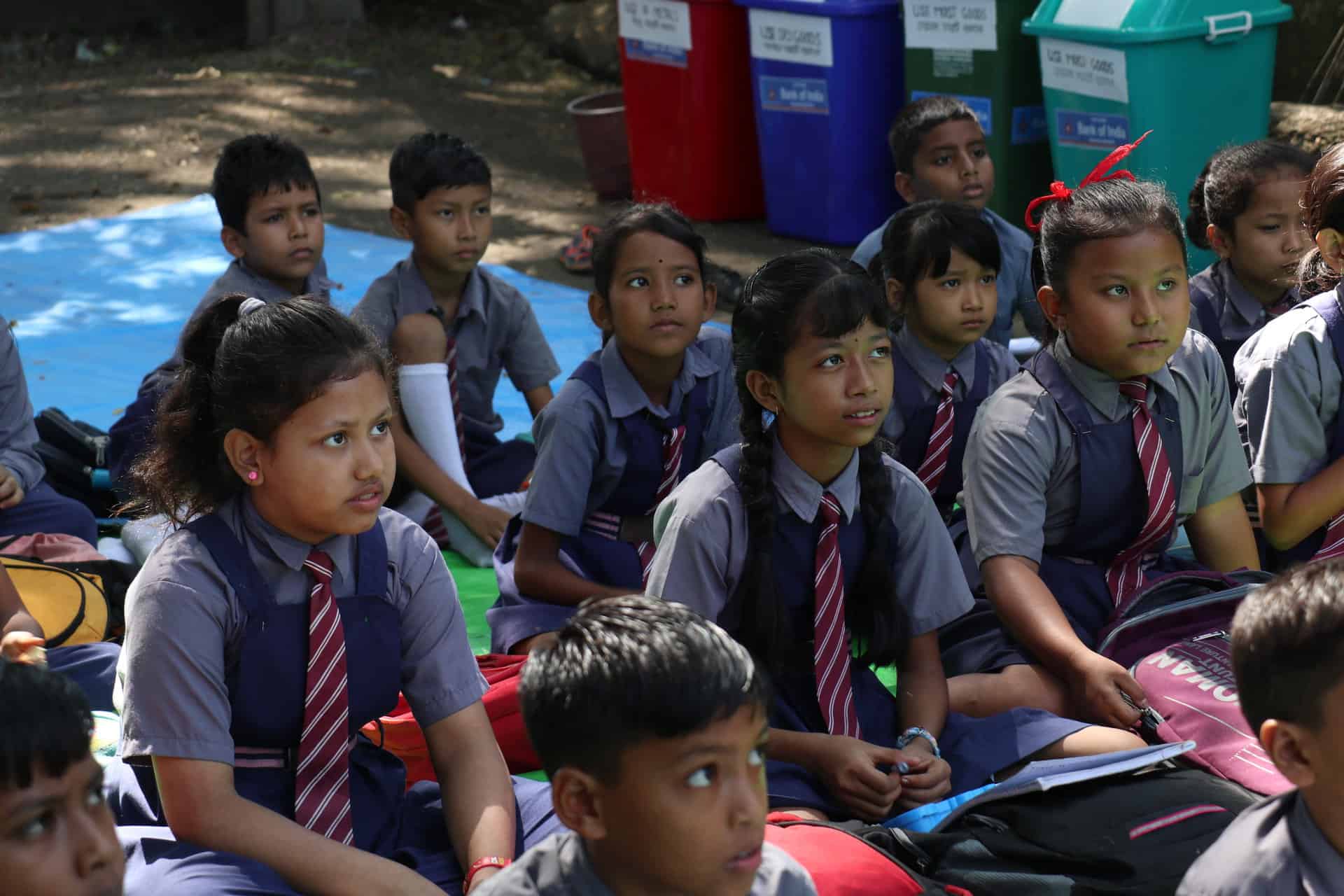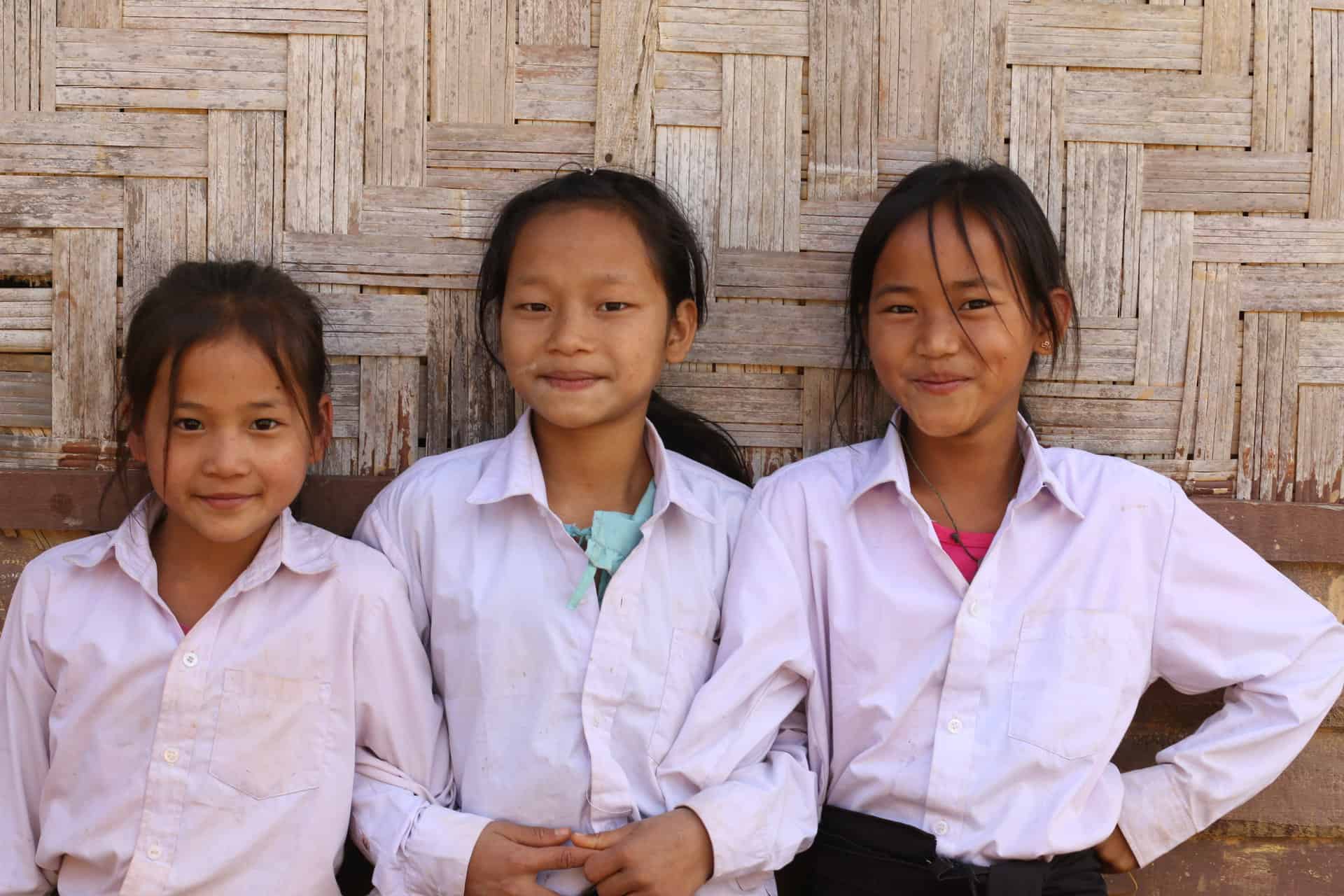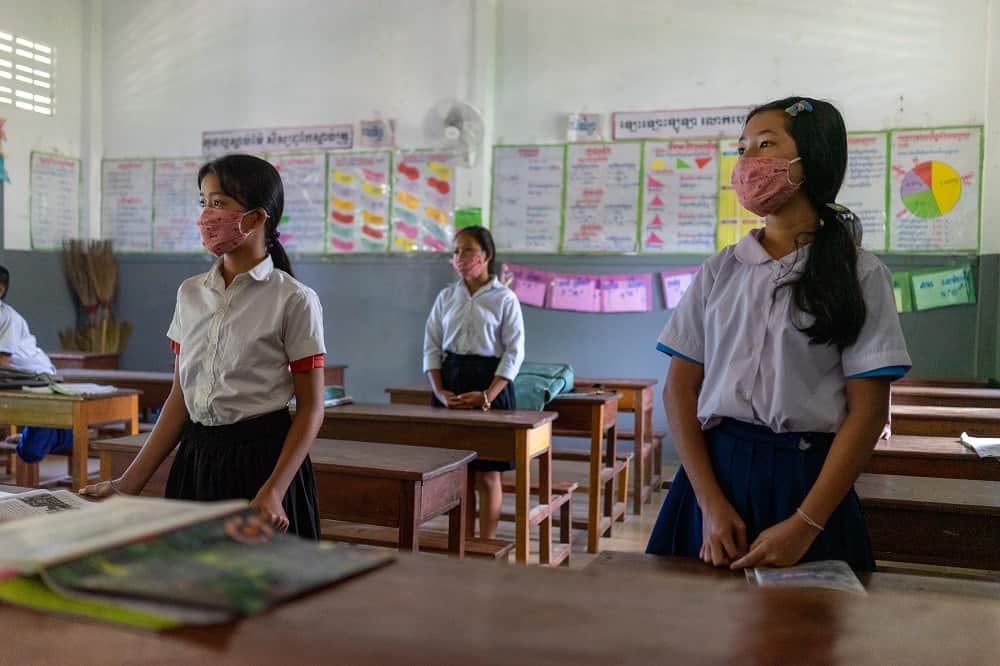©️Action Education Laos
Since 31 July, eight provinces in Laos have been ravaged by severe flooding and landslides. Action Education quickly set up an emergency fund in direct response to the needs of vulnerable people in its project areas.
Continuous heavy rain and flooding have cut off many roads across the country, as well as causing landslides. A large number of houses are under water and thousands of people living in flooded areas are in need of food. Many crops have been submerged by the waters, which have also caused extensive damage to livestock and infrastructure. The rain is continuing and is expected to last for several more days.
The main provinces affected are Phongsaly, Houaphanh, Xayaboury, the capital Vientiane, Khammouane, Savannakhet, Bolikhamxay and Champasak. The government is making every effort to help the affected communities, but many areas are difficult to access and the number of boats to evacuate people and their belongings is limited, as is the number of places in temporary shelters.
Direct support for vulnerable people
In the province of Khammouane in the centre of the country, at least three villages representing 1,200 people where Action Education is active have been affected by flooding. Many roads have been cut off by the landslides and flooding. The authorities are still gathering information from other villages, as access to many areas is difficult and electricity and communications are cut, delaying the provision of information. The immediate needs of the affected communities are mainly food, drinking water, sanitation and hygiene items, and temporary shelter. Action Education has set up a rapid emergency response to provide direct support to vulnerable people in these three villages, particularly children and their families. Basic necessities such as food, hygiene kits and water are currently being distributed to the affected communities.


Seasonal flooding occurs every year in Laos during the monsoon season, from July to September. The monsoon brings with it heavy rains lasting several days, and the Mekong and its rivers regularly overflow their banks, flooding the surrounding areas. In some areas, floodwaters are more than two metres high. Communities living in low-lying areas and near rivers have had to evacuate their homes and take refuge in temporary camps. However, many people are unable to leave their homes and are stranded, necessitating rescue operations.
The added danger of cluster bombs
Landslides and floods can also disturb the ground and displace unexploded submunitions (UXO) scattered in the soil. As a result of the Vietnam War and the extremely intensive American bombardment of Laos - which was not involved in the conflict but through which arms supply routes passed - this country is still the most contaminated in the world by cluster bombs and explosive remnants of war. The consequences for the population are devastating and long-lasting. Not only do they lead to numerous accidents, serious injuries and deaths, particularly among children, but they also prevent local communities from using their own land for farming or building schools and housing for generations to come.
Read also :






